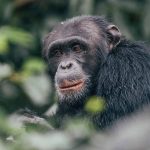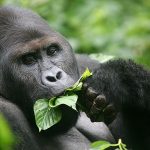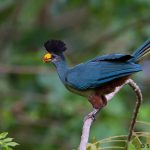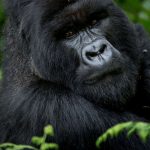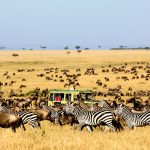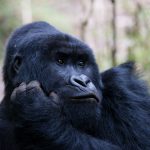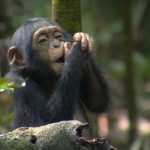SERONERA
The central area of the Serengeti is used as a transition zone between northern woodlands and the southern plains. The river Seronera in which the area takes its name provides a permanent source of water, the surrounding trees provide shade for most big game such as Elephants, African Cape Buffalos, Topi, Hartebeests, Impalas, Gazelles, Reedbucks, Water Bucks, Elands and Dik Dik. This makes the area a perfect home for the most ferocious carnivorous like Lions, Leopards, Cheetah, Hyenas and Jackals
WESTERN CORRIDOR
This part of the Serengeti stretches west almost to Lake Victoria. After the rainy season the area is abundant in lush green grass. Millions of Wildebeests and Zebras gather here from May to July in preparation to cross the Crocodile rich waters. It is therefore also a popular area to find all the key predators!
SOUTHERN PLAINS
This is a key breeding ground for millions of Wildebeests and Zebras, the area is rich in calcium that is an essential key for the production of milk. This is known as a starting and ending point of the migratory route.
WILDEBEEST MIGRATION CALENDER
The Eco-system of Serengeti comprises of seven protected areas which are Serengeti, Ngorongoro Conservation Area, Ikorongo game controlled area, Maswa game reserve, Grumeti game reserve and Loliondo game controlled area which forms a total area of 25,000 square kilometres used by wildebeests and zebras of which in a year they walk a distance of 900-1,000km.
-The reason for moving is to look for new fresh grasses
-Look for calving ground
-A tendency of migrating all the time it is something which has been encoded into their DNA and it is passed on from generation to generation
These two wonderful creatures(wildebeest & zebra) had been a good team for always and accompany each other for their entire journey as everyone plays a big role to perform the function of the migration.
Wildebeests are very sensitive to localize the rainfall pattern by developing every good sense of smell with the capability of detecting a wet soil from miles away as well as the use of thunder storms and flashes of lightning whilst zebras possess intelligence and good memories to remember the routes taken hence to be leader of the group, so this is how they depend on each other and this is why if you observe well in the real field you will prove this by seeing zebras in the front line or the first to arrive at the place in most of the time.
But this is also applicable to „grazing succession“ where by every animal has its level of grazing depends on the nature of animal, from high to the lowest part of grass, from zebra, wildebeest and other antelopes like Thomson`s gazelles which are also a part of this migration feeding upper part of a grass to a warthog feeding the lowest part to the roots and rhizomes.
After short rains from October to November that has nourished new fresh grasses in the Serengeti, the herd starts moving from the northern woodland to the southern short grass planes. Normally zebras have their peak for giving birth between October and December.
By this time wildebeest migration is everywhere in the southern part of Serengeti to Ndutu area 80 percent of the migration is giving birth then stay here through
January, February, March then by April they start marching towards the north.
May they continue their journey through Moru Kopjes and the west part of Seronera area seeking of new fresh grass seen in the column, forming a trail that can reach 40 km long and in this time they do not look settled, always in a hectic manner.
June, July and August they arrive in the western corridor that narrows to the west almost to Lake Victoria and by these months the migration is spread all over the Grumeti game reserve to Ikorongo game reserve and gather there and make a good use of green grass available here to gain momentum to cross crocodile-rich waters.
September, here they face and overcome the most obstacle on their route, while for the crocodiles this was the event they were happily waiting for the whole year. Crossing the river, some will survive the tragedy but some will be killed and eaten by crocodiles and others suffocated by the water.
October, November they start coming down the southern plains of the Serengeti through Loliondo game controlled area towards green grass on the short grass planes after short rains.




